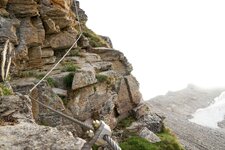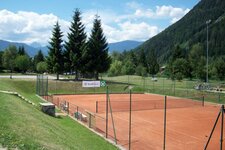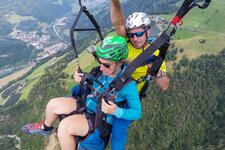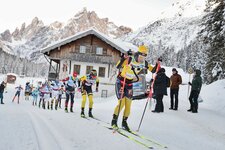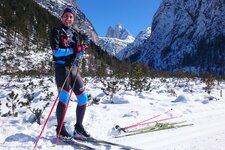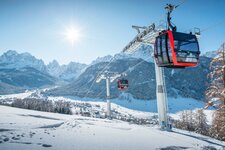Villabassa is the cradle of tourism in the Val Pusteria: Already in the 19th century, the village was popular as a high altitude health resort
Image gallery: Villabassa
Due to the construction of the Riggertal loop and safety-related works, sections of the Val Pusteria Railway will be closed until January 2026. A rail replacement bus service will be in operation.
The three main… read more
On the way to the Upper Val Pusteria, between Valdaora and Dobbiaco, lies the municipality of Villabassa, which consists only of the eponymous main village and the settlement of Montecosta on the slope. Here you are at the gateway to the holiday region 3 Zinnen Dolomites, with the famous Braies Valley to the west of the Rienza River and the Casies Valley on the other side. Mt. Serla and Mt. Lungo, both well over 2,000 metres high, tower above the houses of the municipality.
Villabassa is considered the cradle of tourism par excellence, which here dates back to 1871 AD. At that time, the Val Pusteria Railway was opened, and the beauty of Lake Braies and Prato Piazza, already much famous at that time, was suddenly within easy reach - a day's journey separated the society of the k. u. k. Monarchy in Vienna from a spa stay in the Val Pusteria. Emma Hellenstainer, or "Frau Emma" (Mrs. Emma) as Europe's pioneer in tourism was called, welcomed them to her Hotel Emma. Today it is known as Haus Wassermann and houses the Upper Val Pusteria Museum of Tourimus which tells this interesting story. Due to its location, Villabassa was considered a high-altitude health resort, and attention is still paid to health here today: The Kneipp-for-me® outdoor spa adventure village is the first of its kind in Italy.
Several sacred buildings are spread across the municipal area, including the St. Anna Chapel, one of the oldest buildings in the Val Pusteria, and the St. Magdalene Church in Moso with its magnificent organ by Franz Köck. But above all, Villabassa is an active village. The list of possibilities to be active in the fresh air and to combine it with enjoyment is long: The hike to the Putz Hut below the Braies Dolomites and the excursion on the relatively flat "Pusterbike" cycle track are recommended, as well as the Val Pusteria cross-country ski track in winter amidst snow-covered fields and the Bodenwiese-Kalkbrünndl toboggan run with a stop at a mountain hut.
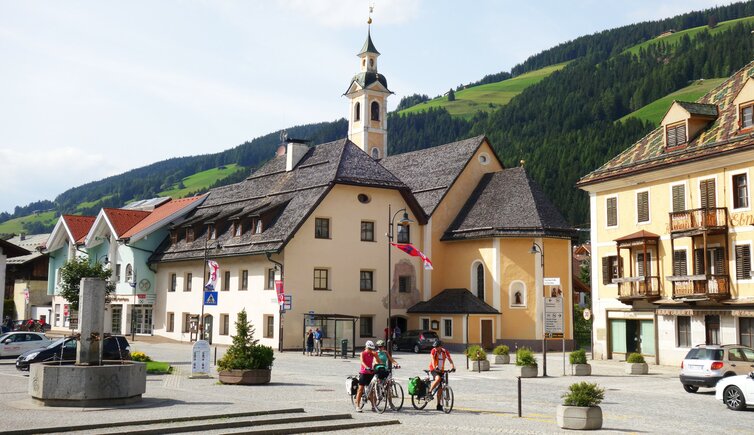

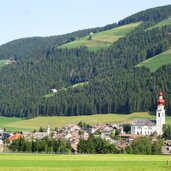
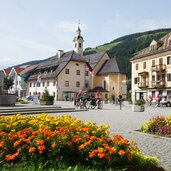
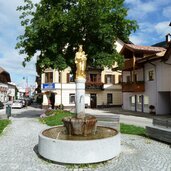
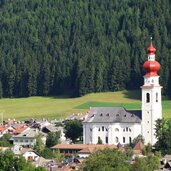
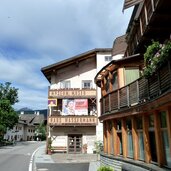
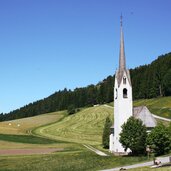
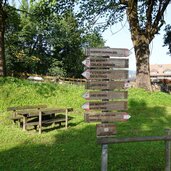
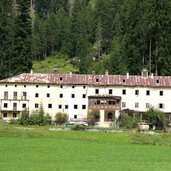
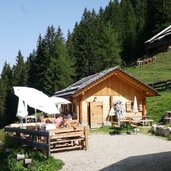
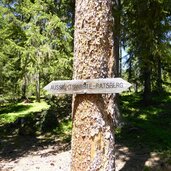
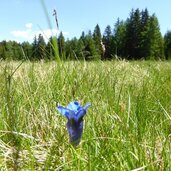
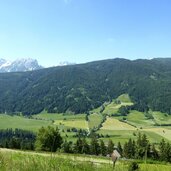
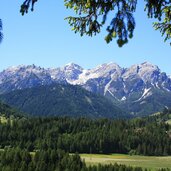
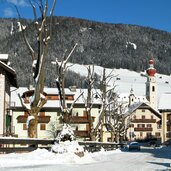
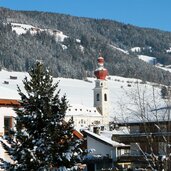
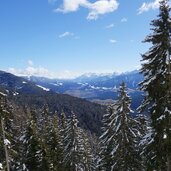
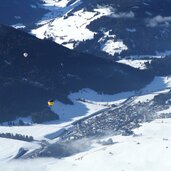
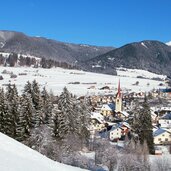
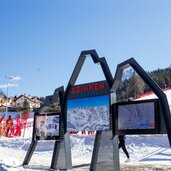
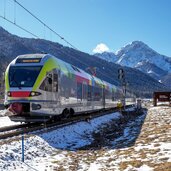









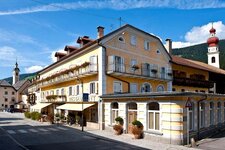
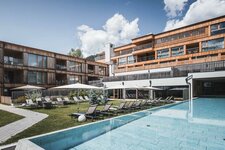
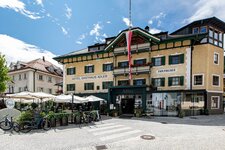
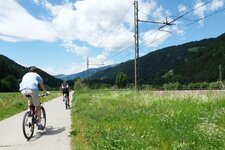

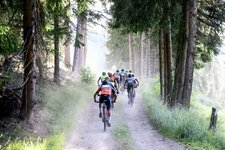
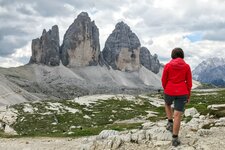
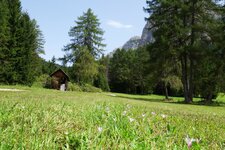
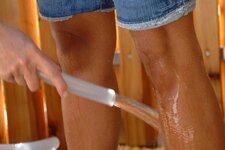
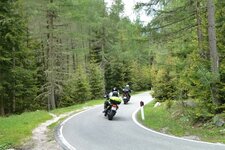
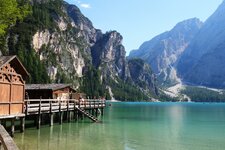
.JPG)
